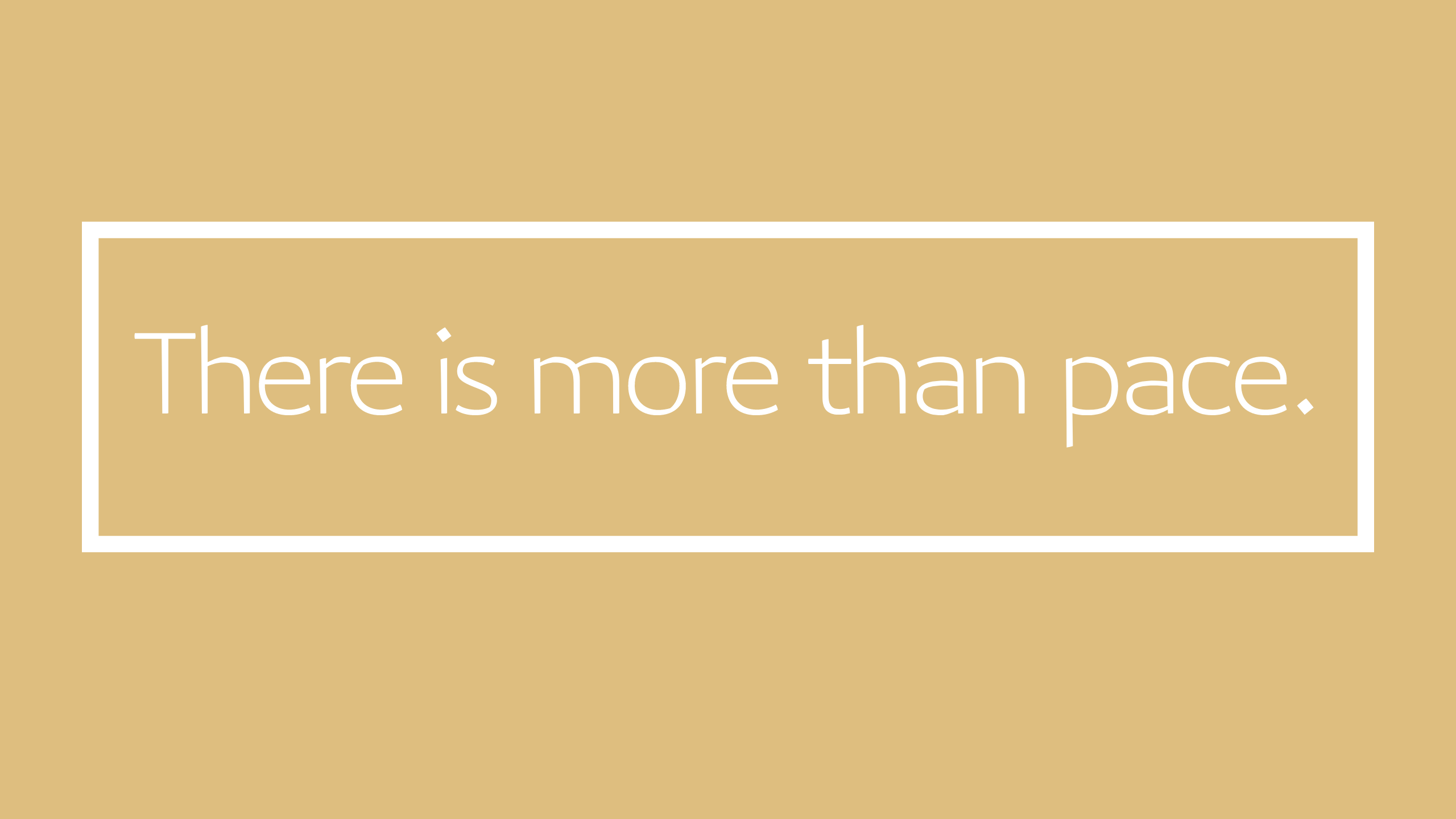
Pace: why your pace is less important in trail running
Pace is the topic that most runners talk about with each other. Very often they say: “How fast are you at 5 km, how fast at 10 km? What’s your half marathon time, what’s your marathon time?” etc. If I’m completely honest, I personally find this a totally tiring topic. In running on the road or on the track, that’s really all that matters. And in competition, of course, anyway. Then when you’ve run the same course two, three, four times, nobody asks “How are you? How do you feel?” The only thing that counts is the time. And whether you were faster than the last time.
Of course, time also counts in trail running every now and then, but often – especially for long distances – I am concerned with completely different goals. Even the preparation for a race is often unpredictable. Even being ready to go to the start can be a goal. Not to mention persevering until the actual finish.
Distances are not comparable
In trail running (and of course in ultrarunning) the distances can’t be easily compared, so I always find the whole question about average pace a bit doubtful. Why the pace does not necessarily say anything about your fitness level, especially in trail running, is best explained to you with an example.
Half marathon times compared
To understand why individual distances can’t be compared, let’s look at two different half marathons I ran that I finished with very different results.
My half marathon times can be completely different depending on the route I choose. For example, I can run a half marathon on the road at a pace of just over 5 minutes. However, I only managed this result because the surface was completely asphalted and I only had to overcome an altitude difference of 82 m.
In trail running – at least for me – a half marathon often looks quite different. For example, the difference in altitude can easily be 700 or 800 meters. In addition, the surface is of naturally a completely different one. On trails and forest paths you are typically slower than on a perfectly smooth road. So it can easily happen that you (or I 😉 ) need a good 7 to 8 minutes per kilometer for the same distance.
I think it’s very important to realize that it doesn’t matter how fast you go. A half marathon is still a half marathon and whether you complete it in 2 or 3 hours is completely irrelevant.
Your speed in trail running depends on so many factors that it makes no sense to constantly compare yourself with others or with yourself. The surface, inclines in the elevation profile, the weather, your personal feeling on the respective day, etc., all this has an influence on your pace and the final time.
It’s best to look at these factors again in detail:
The terrain
The sport is called trail running – so you’re usually running on more or less unpaved trails. Of course, you’re faster on a running track or on a smooth, flat asphalt track than on, say, a challenging trail with lots of roots, rocks or boulders. Here you need much more concentration and have to set your steps more purposefully, because otherwise you run the risk of slipping. This automatically slows you down a bit.
The elevation profile
So you are on the move in rather uneven terrain. If you’re going uphill and downhill, your speed will also change. An ascent in steep, difficult terrain will slow you down more than a gentle ascent on a well-maintained forest path. And sometimes, you just can’t run as fast downhill as you might hope. Imagine you’re in a patch of forest with lots of roots and leaves and needles on the trail. The path is narrow and quite steep. A few hours ago it has rained and leaves and seeds mix over the wet roots to a really nice slippery surface. To avoid falls you will probably run slower here.
Your personal form
Your personal form on a given day also plays a role in your “running result”. Imagine you had a hard week at work or in your private life, then you may simply be slower because your body also has to relieve the mental stress. Many athletes feel that running helps them to get over professional and personal stress. Just in that case, it is much more important that you are in motion – and your pace takes a back seat.
Pace in ultrarunning
Ultrarunning in particular is often more about getting and staying moving in the first place. It’s more valuable if you can maintain a slow pace for a long time than if you can go fast for short distances.
I’ve also become slower overall on the shorter distances over the course of my training because I really focus my training on being able to go long distances.
So here’s my tip for your next trail run: don’t look at your watch so much, rather take a minute to look, to breathe and to enjoy!